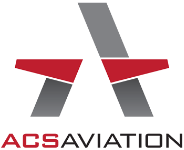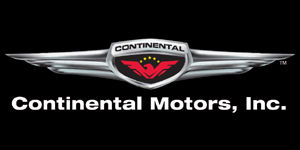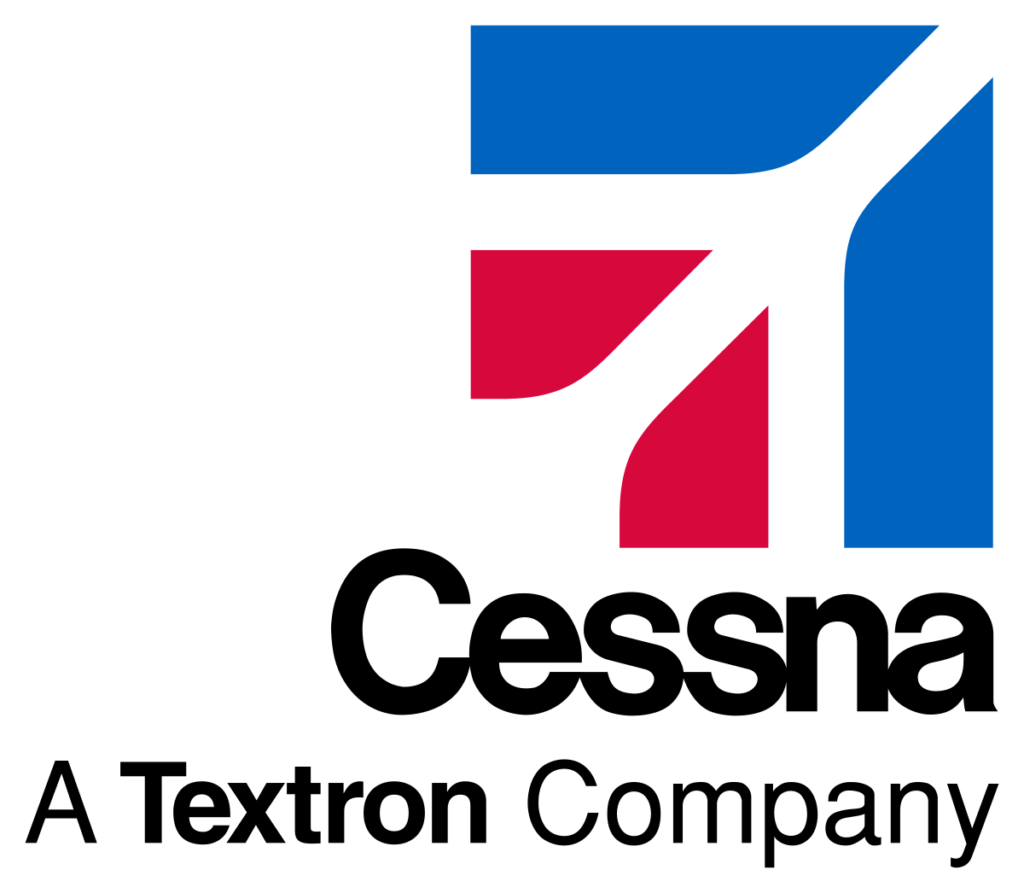CG AVIATION GUIDE TO MAKING A CONFIDENT AIRCRAFT PURCHASE
Buying an aircraft is exciting. The pride of ownership, the freedom of travel, and the satisfaction of finding a great plane that you can fly and enjoy for years to come are but a few of the many perks of ownership. But how do you buy an airplane with confidence? How can you remove any nervousness you might have about making such an important investment and ensure that you get the plane you’re hoping for? Here are some confidence-building tips to help you navigate your next purchase:
- Review the logbooks. This should give you a good feel for how the plane was maintained and if it has any damage history. In order to know the true history of the plane, including the total times of the airframe, engine, and components, make sure the logbooks are complete and consecutive from the date of manufacture. You will also want to double-check that the advertised airframe and engine times agree with what’s recorded in the logbooks. An owner may, in good faith, believe he remembers the current times on his plane, but memory is not always the most reliable source of information. In my experience, owners can also be wrong about dates and calendar times on components. I often hear, “The engine was just overhauled,” only to find that it was actually done 10 years ago!
Sure, there are times to consider owning a plane that does not have complete logbooks. Just keep in mind that you may have to overcome that challenge when it’s time to sell. A reasonable price concession can help balance this concern when you negotiate the purchase price of your plane. When reviewing the logbooks, remember to consult an expert with your questions. What may seem like an expensive blemish on the airplane at first blush may actually be no issue at all. A trained and experienced mechanic can help you know the difference.
- Be informed about damage history. The important thing here is to know what you are buying. Some damage history can be lived with, but surprises uncovered later may be costly. And just like missing logbooks, damage history may be a challenge to overcome when it’s time to sell. Know what you are working with going in.
- View the Maintenance history. If you are looking at a newer model, it’s always good to see it was Cessna Service Centre maintained. While the plane is under warranty, mandatory service bulletins are covered by Cessna. If the maintenance is being done by a non-Cessna Service Centre, these may not get done. It’s always a shame to see a Cessna drop out of warranty and not have all the mandatory SBs completed, especially when Cessna was willing to carry that cost through warranty.
This isn’t as important for the earlier models, as it’s rare to see a 1970s model with all the mandatory service bulletins completed. Remember, Mandatory Service Bulletins are recommended, but not required for continued airworthiness, unless mandated by an CAA Airworthiness Directive. Also keep in mind that some owners of early-model Cessnas may not use a Cessna Service Centre. That doesn’t mean that the work performed wasn’t excellent, but you may want to do a little due diligence on the reputation of the shop or mechanic who has been maintaining the plane.
- Have a pre-buy inspection done. Even if you’re buying the plane from a good friend, have a reputable shop or mechanic do a pre-buy inspection. Your friend may not even know his plane has had some serious damage in its past, or that the engine is currently “making metal.” Not that either of these items should necessarily prevent you from purchasing the plane, but a professional mechanic can provide you with vital and – more importantly – objective information about the plane. ACS Engineering at Perth Airport can assist with this.
A typical pre-buy inspection is NOT a complete annual. The mechanic is looking for airworthiness items and other items of immediate concern. So, don’t get frustrated with your mechanic if more repair items are found at the first annual inspection after your purchase. As a matter of fact, just expect that first annual to be a bit more costly. Remember, when you buy a used plane different owners may have different ideas on what to fix and what to defer. Here are some of the pre-buy inspection items that may be of “immediate concern” as mentioned above:
Corrosion – Very few used planes are completely corrosion free. In fact, almost all pre-90s Cessnas will have some white powdery surface corrosion inside the wings. Starting in the ’90s, however, Cessna started painting all the interior surfaces with Zinc Chromate. What your mechanic should look for is corrosion that is pitting or eating into the aluminium. Severe corrosion can actually work its way into the grains of the aluminium components and cause damage from the inside out. Rusted screws and bolts can be easily replaced. However, steel landing gear components that are staring to pit with rust require further investigation.
Evidence of Hard Landings – A severe hard landing can cause damage to fuselage and wing skins. This can be costly to repair and should be looked for. Here are some suggested areas to inspect carefully:
- Firewall for buckling and wrinkles
- Fuselage skin just aft of the firewall
- Fuselage skin just aft of the baggage compartment
- Wings for diagonal wrinkles
- Horizontal for wrinkles along the spar
Engine Condition – Generally, the engine is checked for compression, metal in the screens or oil filter, fuel leaks, and excessive oil leaks. One thing to keep in mind is that Lycoming and Continental engines will have very different compressions. It’s unusual to see Lycoming engines with compressions under 70, and anything in the low 60s indicates that cylinders may need further examination. Continental engines, however, run very comfortably in the 60s—even the very low 60s. Under normal circumstances, I don’t get too concerned with Continental compressions until they get in the lower 50s.
Once you’ve chosen an aircraft, here are some suggestions on closing the deal and paying for the aircraft if overseas:
- Use a title/escrow company. It’s important to get a title search, even when buying from a friend. A title/escrow company will ensure that all liens (banks or maintenance) are paid off and cleared. If you purchase a plane, and there is an open lien in it’s past, the lien holder may still have an interest in the aircraft. The escrow company will also ensure that the paperwork is properly filed with the CAA. The seller of the plane may be well intended when he tells you he will send the Bill of Sale to the CAA, but a reputable escrow agent will make sure that it happens in a timely manner.
- Hull insurance to take effect the day of closing. For some reason, this important step is often overlooked and can delay a new owner from heading home with his or her plane. A good aircraft insurance agent can help you decide how much to cover your airplane for and what is an adequate limit of liability. We recommend that buyers inquire with their insurance agents early in the purchasing process so there are no last minute-surprises.
- Use an Experienced Broker. Last, but certainly not least, keep in mind that a reputable, experienced broker can really be your best friend during the acquisition process. A broker like CG Aviation, who has been in business for multiple generations and has bought and sold hundreds of aircraft, listens to your needs, answers your questions, and matches you with the right plane. A good broker will also take the hassle out of the transaction by handling all the paperwork, inspection scheduling, and negotiations with the seller. You will also find your best deal by working with someone who buys and sells airplanes every day.
The key to having confidence in any aircraft purchase is to be informed. And with that confidence, comes the excitement of having a plane that you can fly and truly enjoy for years to come.







